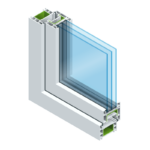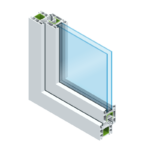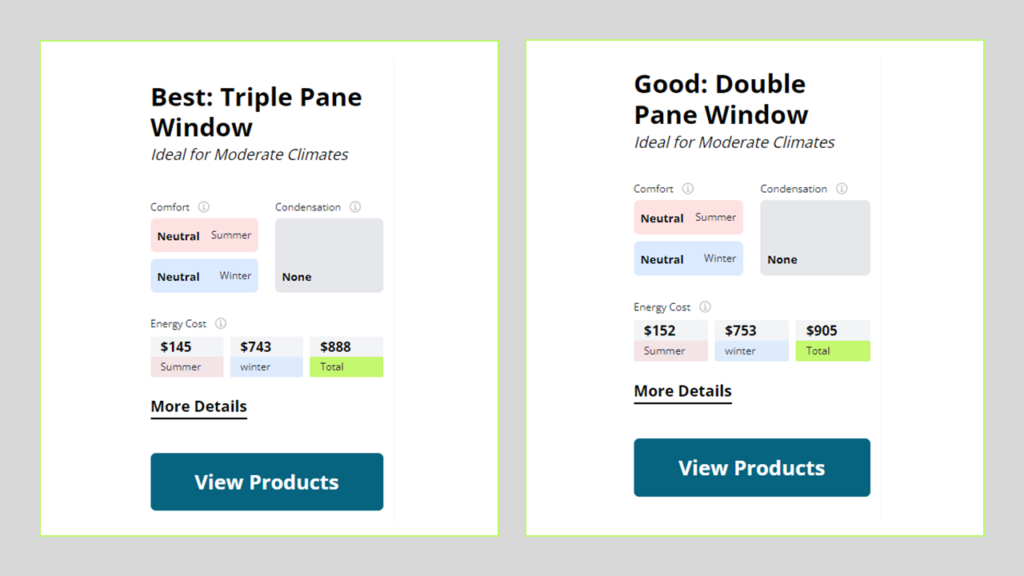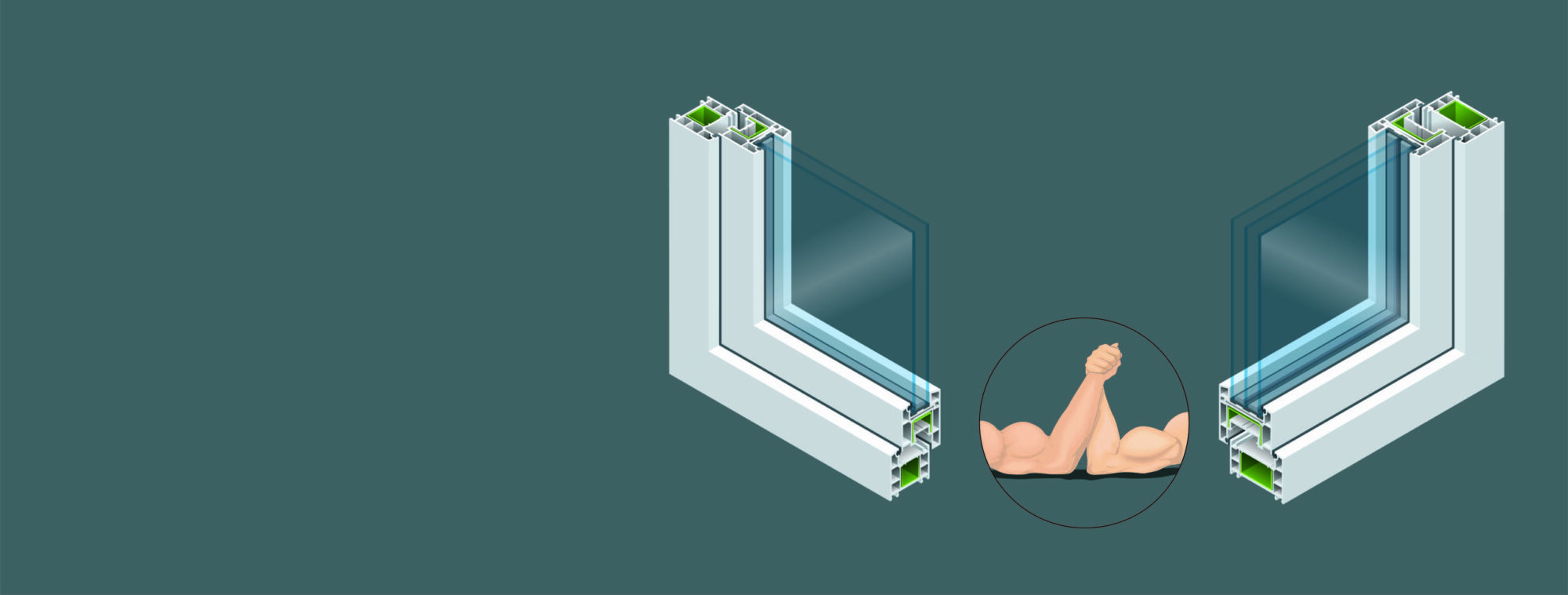Have you ever wondered if the windows in your home could do more than just let in light and fresh air? In today’s battle between double-pane and triple-pane windows, which one emerges as the ultimate champion for energy efficiency and comfort?
Window technology has come a long way since the 1970s when most windows consisted of one single pane inside a wood or aluminum frame. Today, triple-pane windows offer significant benefits for homes compared to traditional single-pane or even modern double-pane windows.
Fifty years ago, amid the oil embargo, the federal government needed to drastically reduce energy consumption in the U.S. This effort found inefficiencies in buildings that launched a movement toward double-pane windows with an insulating layer of glass. These types of windows now use an invisible gas—such as argon—between the panes to increase insulation.
Today, nearly all homes have either double- or triple-pane windows. But do you know the difference between them besides the additional pane of glass?
What is the difference between double-pane and triple-pane windows?
 For starters, triple-pane windows are more energy efficient than their double-pane counterparts. The extra layer of glass provides better insulation and thermal performance, which helps keep indoor spaces warmer in the winter and cooler in the summer. This can lead to significant energy savings on heating and cooling costs over time and reduce greenhouse gas emissions.
For starters, triple-pane windows are more energy efficient than their double-pane counterparts. The extra layer of glass provides better insulation and thermal performance, which helps keep indoor spaces warmer in the winter and cooler in the summer. This can lead to significant energy savings on heating and cooling costs over time and reduce greenhouse gas emissions.
Because of their superior insulation, triple-pane windows help maintain a consistent indoor temperature, reducing drafts and cold spots near windows. This leads to greater comfort for occupants, as they enjoy a more even and pleasant indoor environment.
 Like double-panes, triple-pane windows are less prone to condensation on the interior surface during colder months than single-pane. The additional layers of glass and insulating gases keep the inner glass warmer, reducing the likelihood of moisture buildup and potential mold issues.
Like double-panes, triple-pane windows are less prone to condensation on the interior surface during colder months than single-pane. The additional layers of glass and insulating gases keep the inner glass warmer, reducing the likelihood of moisture buildup and potential mold issues.
With more panes of glass, more coatings can help block a significant portion of harmful ultraviolet (UV) radiation from entering your home. This UV protection can prevent fading and damage to furniture, flooring, and artwork that might be affected by prolonged sun exposure.
Triple-pane windows are generally more durable than single or double-pane windows. The multiple layers of glass and advanced framing materials used in their construction make them less susceptible to damage, warping, and degradation over time.
Finally, triple-pane windows are more effective at reducing outside noise, creating a quieter and more peaceful indoor environment.
Despite these benefits, however, it’s important to note that triple-pane windows are usually more expensive than double-pane. The initial investment might be higher, but the long-term energy savings and increased comfort can offset the upfront costs over the lifespan of the windows. When considering window replacements, it’s a good idea to assess your climate, budget, and specific needs to determine whether triple-pane windows are the right choice for your home.
Which type of window is right for me?
If you have decided to replace the windows in your home, it’s essential to take a few simple steps to ensure you find the right windows for your specific needs and budget. This way, you can be confident that the replacement windows will provide you with the necessary functionality, energy efficiency, and aesthetic appeal to enhance your home’s overall comfort and value.
By replacing old windows with ENERGY STAR-certified ones, households can save an average of 12% on energy bills while reducing greenhouse gas emissions from power plants and homes.
Samples of Triple and Double Pane Windows energy cost.

Check out the Window Selection Tool to find the window that best meets your needs. Enter your ZIP Code, answer a few questions about your home, and then you’ll see a list of energy-efficient windows – both double-pane and some triple-pane options – that are available in your community.
Written by Michelle Blackston.
